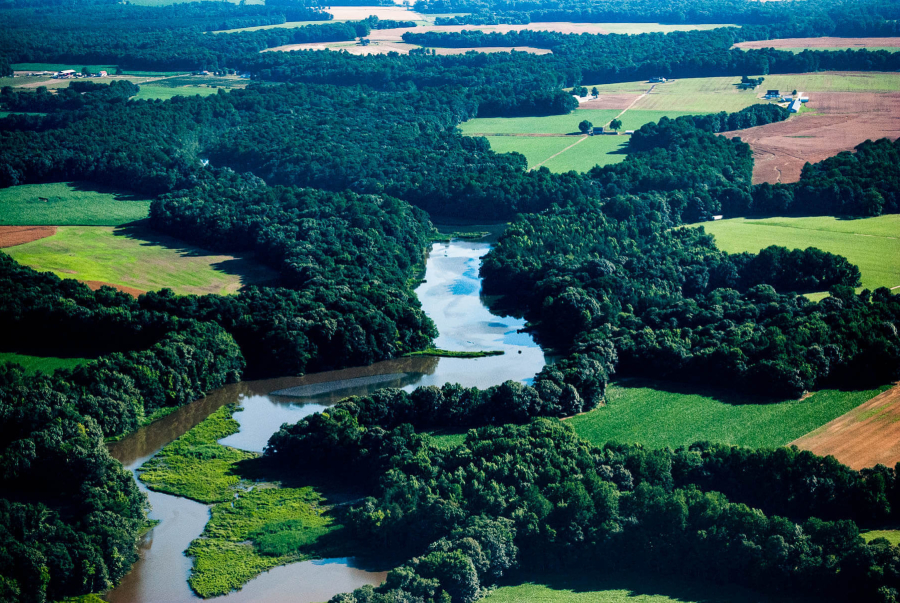The Chesapeake Bay Program provides the foundation to accelerate Bay restoration
The Bay's pollution diet sets limits on the amount of pollution flowing into the Chesapeake

Although the Chesapeake Bay Program celebrates its 35th anniversary this year, a key project within has only reached its eighth birthday. On December 29, 2010, the U.S. Environmental Protection Agency, with the support of the watershed jurisdictions (Delaware, the District of Columbia, Maryland, New York, Pennsylvania, Virginia and West Virginia), established the Chesapeake Bay Total Maximum Daily Load (TMDL), a historic and comprehensive “pollution diet.” A TMDL is the calculation of the maximum amount of pollution a body of water can receive and still meet state standards for healthy water quality.
Despite extensive efforts by our partners since the Bay Program’s inception in 1983, the Chesapeake Bay and most of its tributaries continued to have poor water quality, which prompted the creation of the Bay TMDL. When put into place, it became the largest and most complex ever created by the EPA. Overall, the Bay TMDL calls for a 25 percent reduction in nitrogen, a 24 percent reduction in phosphorus and a 20 percent reduction in sediment entering the Bay, and all pollution reducing practices are to be in place by 2025.
The Bay TMDL is unique in that EPA and the watershed jurisdictions took extensive measures to ensure accountability for reducing pollution and meeting deadlines for progress. One part of these accountability measures is in the form of two-year milestones. All of the watershed jurisdictions are required to measure the progress they are making toward reducing the pollution that flows into the Bay.
This past summer, the most recent two-year milestones were used to assess progress at the halfway mark of the Bay TMDL—which requires that 60 percent of pollution-reducing practices are in place. While the jurisdictions have made a lot of progress since the TMDL was put in place, there is still a lot of work to be done by 2025.
The Bay TMDL has been a useful tool in helping to reduce the pollution flowing into the Bay, but its impacts are even more far-reaching. Actions to clean local waterways support local economies, encourage recreational pursuits like fishing and swimming and serve as drinking water sources.
Learn more about the Bay TMDL.

Comments
There are no comments.
Thank you!
Your comment has been received. Before it can be published, the comment will be reviewed by our team to ensure it adheres with our rules of engagement.
Back to recent stories